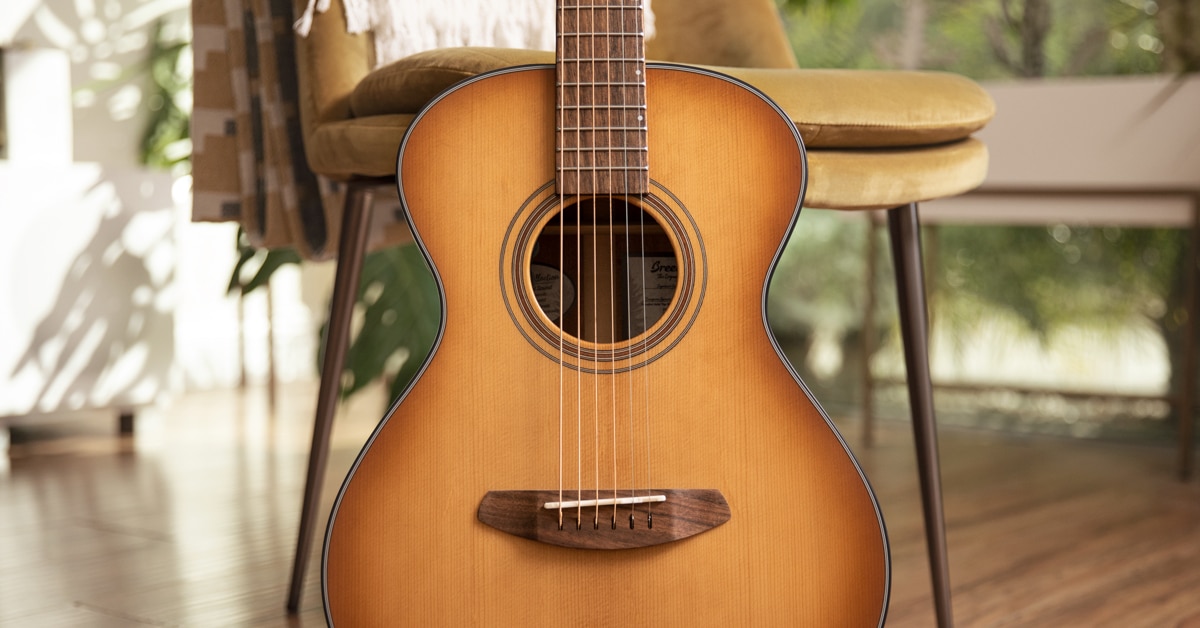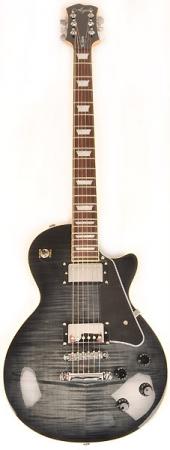
Harmonics are a left hand technique and not a bowing technique.

Also don’t confuse flautato with harmonics, a whistling sound created by softly putting the left hand finger on the string without pressing it down. Sul tasto just refers to the contact point, while flautato also refers to a particular sound, bow speed and weight. There’s a beautiful example in Bach’s chaconne that I show you in the video above.Īs flautato is often played sul tasto, close to the fingerboard, sometimes these terms get mixed up.
#How to make action strings sound fuller free
Free bowing is the exception.įlautato or flautando is bowing with a high bow speed and little pressure so you get a whistling transparent sound. Normally bow strokes in an orchestra are synchronized. If they would do their bow changes all at the same time, you would hear separated bow strokes.
#How to make action strings sound fuller full
This creates a full consistent sound for the entire duration of that note. Well, usually it’s detaché bowing and the violinists in an orchestra section do the bow changes on different moments within a very long note. Because there is time where the bow is above the string, the notes aren’t played in their full length. This makes spiccato a semi-passive bowing technique.

In spiccato your bow leaves the string and you make use of the natural jumping quality of your bow. In martelé your bow also stays on the string and you have full control, but you don’t play the notes in their full length.

In detaché your bow stays on the string and you play the notes in their full length, except for detaché collé. You’ll notice in the overview above that I grouped the bow strokes in different categories.


 0 kommentar(er)
0 kommentar(er)
